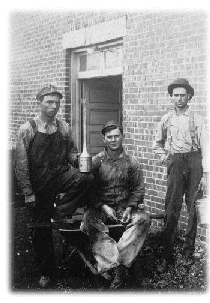Background:
On April 1, 1922 the United Mine Workers of America (UMWA) began a nationwide strike. W. J. Lester, the owner of the Southern Illinois Coal Company, operated a strip mine located about halfway between Herrin and Marion, Illinois. Lester complied with the strike at first. He had only recently opened the mine, and massive startup debts drove him to negotiate with the UMWA to allow his mine to remain open, providing no coal was shipped out. By June, Lester's miners had dug out approximately 60,000 tons of coal. Strike-driven shortages had raised coal prices, and Lester would make a $250,000 profit if he could sell his coal. He decided to bring in mine guards and 50 strikebreakers, known as scabs, recruited from employment agencies in Chicago. On June 16, 1922, Lester shipped out sixteen railroad cars filled with coal.

